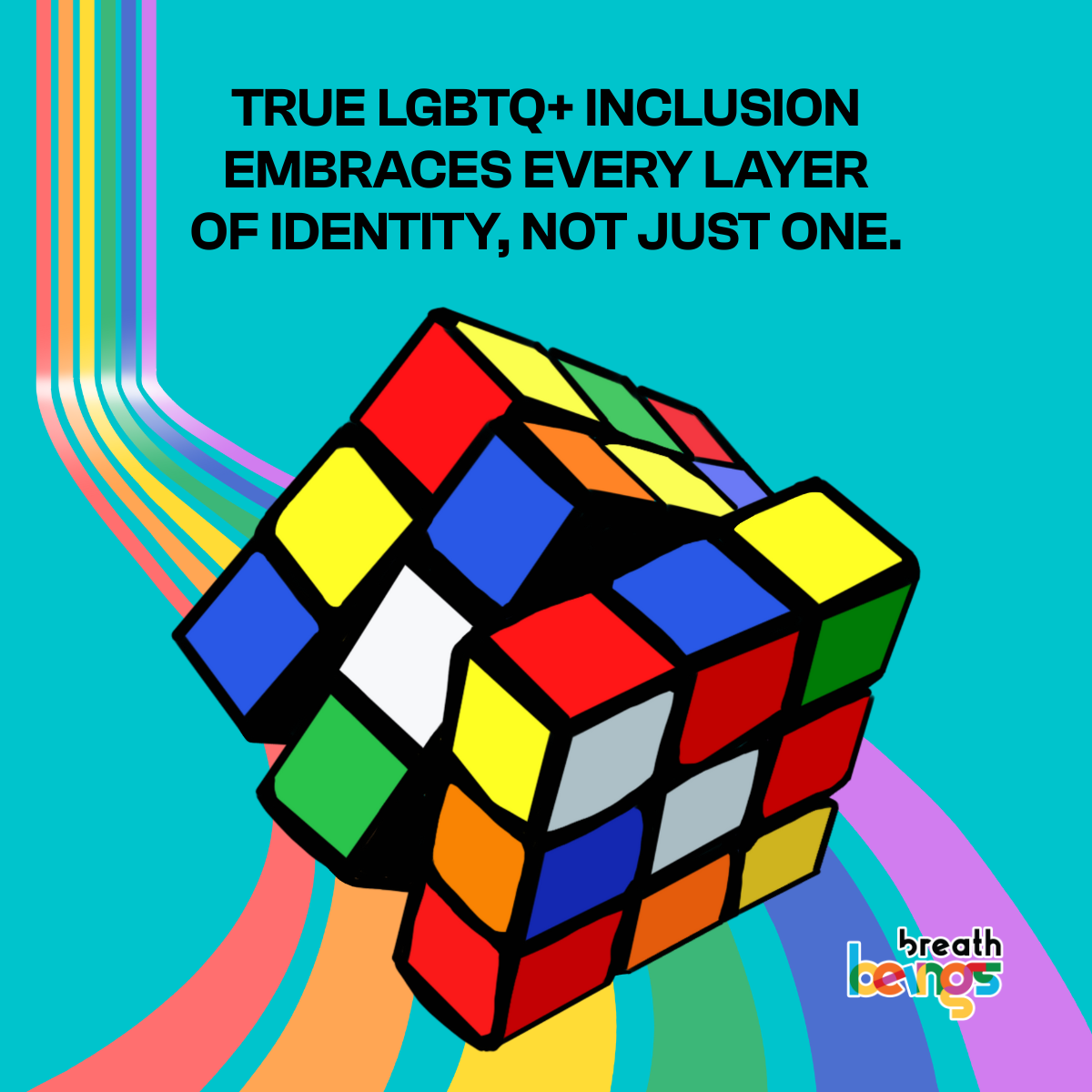In today’s rapidly evolving corporate landscape, the conversation around gender diversity in leadership often centers on statistics , how many women hold board positions, and how companies with diverse leadership outperform their peers.
While these numbers are important, they only scratch the surface of the profound impact that gender diversity in leadership can have on organizations, communities, and the broader society.
Rethinking Leadership Styles: The Value of Diverse Perspectives
One of the most overlooked benefits of gender diversity in leadership is the introduction of varied leadership styles.
Some leadership styles have often only emphasized assertiveness, decisiveness, and a top-down approach—qualities typically associated with power and control.
However, it’s time to expand our understanding of leadership beyond these traits. By embracing a more human-centered approach that values collaboration, empathy, and inclusivity, we can redefine leadership for the present and future.
This shift not only broadens the concept of leadership but also transforms how we recognize and develop talent at all levels.
Through diversity and inclusion training in the workplace this blending of styles can lead to more holistic decision-making processes, where multiple viewpoints are considered, and a wider range of solutions is explored.

Innovation Through Inclusion: Gender Diversity as a Catalyst for Creativity
Innovation thrives in environments where diverse perspectives are valued. Women leadership bring unique experiences and insights that can challenge the status quo and inspire creative solutions.
Diverse teams are more likely to experiment, share ideas, and explore unconventional approaches. When organizations tap into the full spectrum of talent—across genders—they unlock the potential for groundbreaking innovations that can drive growth and competitiveness in the market.
Enhancing Organizational Resilience: The Role of Gender Diversity in Crisis Management
The COVID-19 pandemic underscored the importance of resilience in leadership. Interestingly, countries led by women were often praised for their effective handling of the crisis, thanks to their emphasis on transparency, compassion, and adaptability.
Similarly, organizations that prioritize gender diversity in leadership are better equipped to navigate uncertainty and disruption. By fostering a leadership team that balances risk-taking with caution, long-term planning with immediate action, companies can build resilience and agility in the face of challenges.
The Ripple Effect: How Gender Diversity in Leadership Transforms Organizational Culture
Promoting gender diversity in leadership doesn’t just impact the top echelons of an organization; it creates a ripple effect throughout the entire company culture.
Women Leaders also become role models, inspiring other women leaders on their career path. Gender Diverse leadership teams can also understand their employees and their lived realities better. Hence, policies and processes can factor in the unique needs of diverse individuals.
Aligning with Evolving Consumer Values: The Business Case for Gender Diversity
Today’s consumers are more socially conscious than ever before. They expect the brands they support to reflect their values, including diversity, equity, and inclusion. Companies that are gender diverse in leadership are better positioned to resonate with these consumers, building trust and loyalty in a competitive market.
Moving Beyond Quotas: Cultivating an Authentic Commitment to Gender Diversity
While targets can be effective tools for promoting gender diversity, they shouldn’t be the end goal. True progress requires an authentic commitment to creating an inclusive environment where all voices are heard and valued.
DEI training for managers is crucial in fostering a genuine commitment to gender diversity, creating an inclusive workplace where all employees feel valued and empowered.
By fostering a culture of inclusion at every level, organizations can ensure that gender diversity in leadership is not just a checkbox, but a meaningful and sustainable change.
Conclusion: The Future of Leadership is Inclusive
The benefits of promoting gender diversity in leadership are clear—but realising these benefits requires a shift in mindset. Organizations must move beyond the numbers and focus on the transformative power of diverse leadership. Implementing diversity and inclusion training programs is essential to this shift, as they equip leaders with the tools to embrace a broad range of perspectives, foster innovation, build resilience, and align with the values of today’s consumers. Companies that prioritise these efforts can not only enhance their performance but also contribute to a more equitable and inclusive society.
The future of leadership is inclusive, and those who champion gender diversity today will be the leaders of tomorrow.












